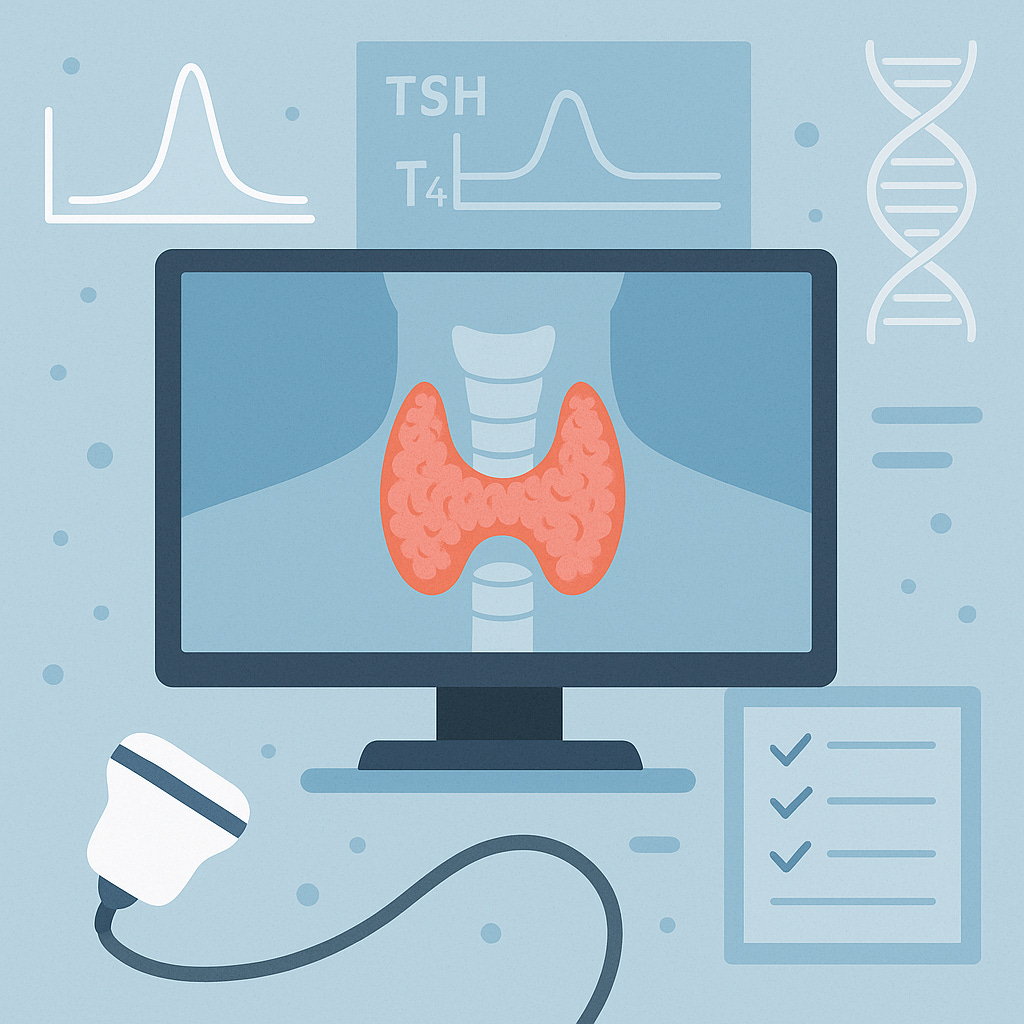Many Thyroid Diagnoses May Be Wrong Without Race and Age Based Ranges
New research suggests current thyroid test standards may misclassify millions of patients
Topline
A large U.S. study found that nearly half of patients diagnosed with subclinical hypothyroidism may actually have normal thyroid function if test results are interpreted using age, sex, and race specific reference ranges for TSH and TT4. This reclassification could reduce unnecessary treatments and lead to more accurate thyroid care.
Study Details
…
Keep reading with a 7-day free trial
Subscribe to Just Healthcare to keep reading this post and get 7 days of free access to the full post archives.


